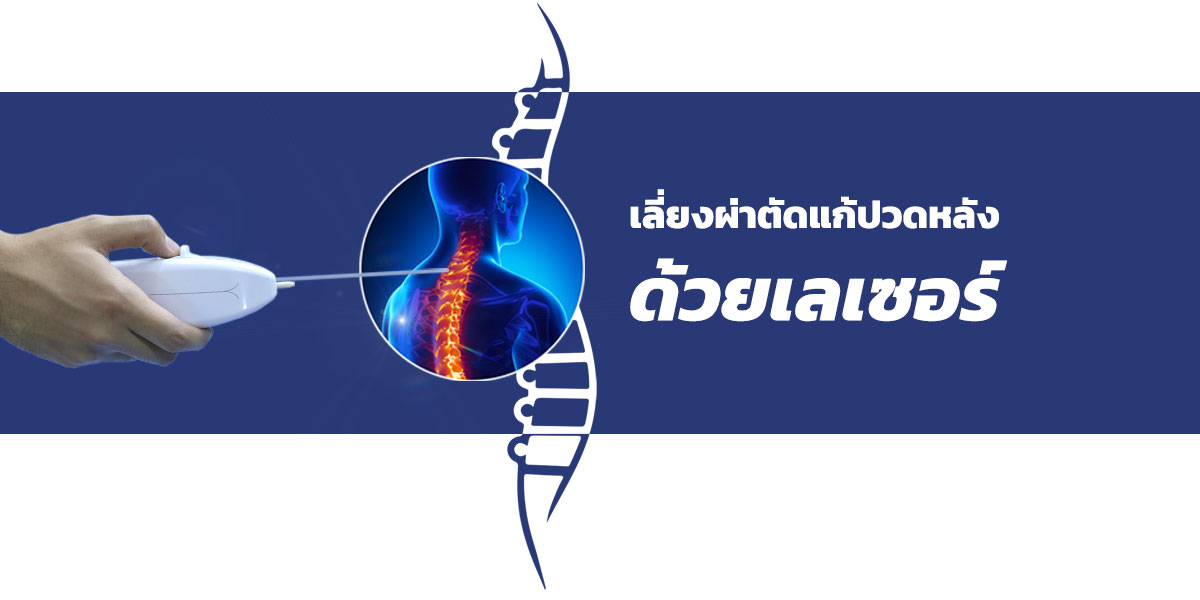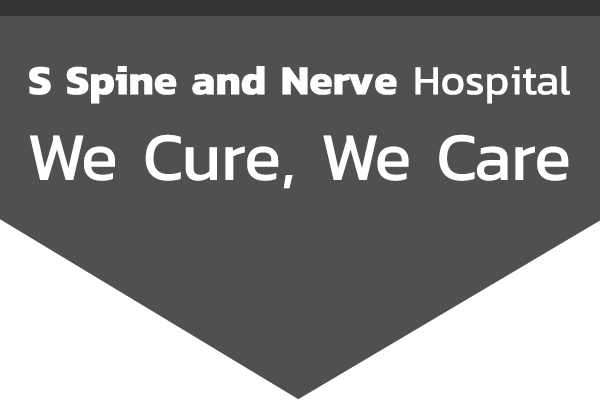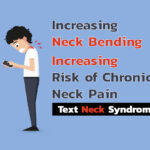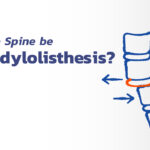Learn More about Pain Spreading to the Leg

Pain Spreading to the Leg
The sciatic nerve is the longest nerve in the human body and is a collection of the nerves from the spinal cord to the waist, joining together at the pelvis and going down the legs. The sciatic nerve controls and feeds the muscles and joints in the thighs, knees, ankles, feet, and toes.

Sciatica is a condition where pain spreads from the pelvis to the leg (usually just one leg) and is caused by the irritation or depression of the sciatic nerve. Pain is usually located at the back of the thigh, the ankle, the front of the pelvis, or the side of the leg. The pain may spread to the ankle, feet, and toes. Some patients may also experience back pain or pelvic pain before the pain spreads to the leg.
The duration of pain depends on the cause and how long the symptoms have been left untreated. The pain can last from a few hours to days or even weeks.
The level of pain depends on the severity of the irritation or depression of the nerve. The type of pain can range from feeling stiff to piercing pain like being cut by a sharp object, numbness like being pierced by needles or bitten by ants, or weakness in the thigh, leg, or foot.
Pain and numbness can increase when coughing, sneezing, and having bowel movements. When you feel pain, normal daily activities like walking, bending down, sitting, or getting in and out of bed can become harder and more time-consuming.
Pain can be lessened when you walk favoring one side as your body will try to lessen the weight on the side where the nerve is being depressed.
Injuries can happen from car accidents, falling, playing sports, being in the wrong posture, or using your spine or lifting heavy objects in the wrong posture.
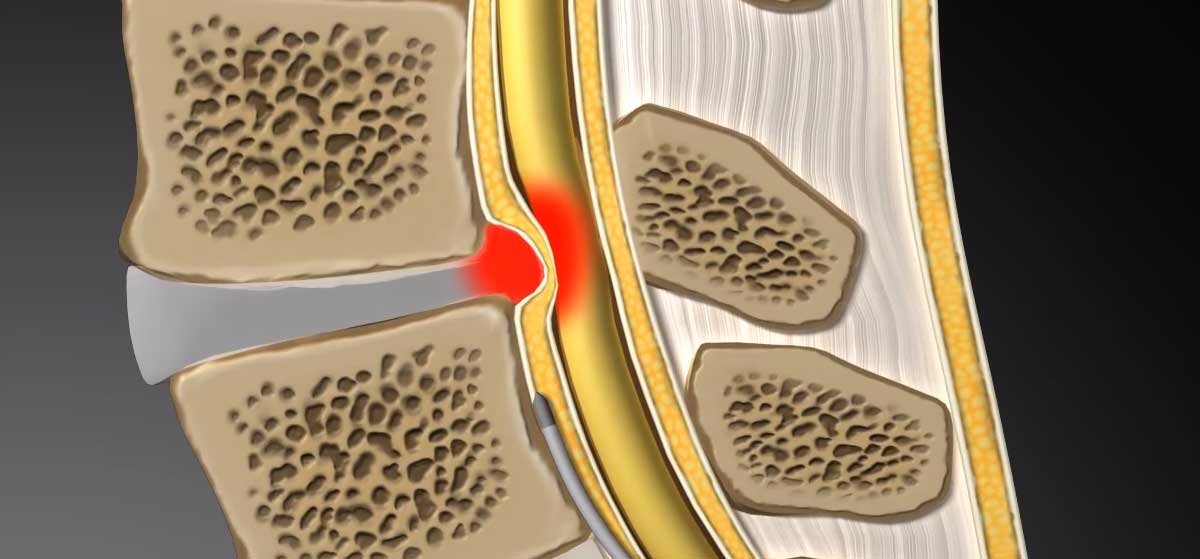
These factors can contribute to the imbalance of your spine, imbalance of the liquid in your spinal disc, and the tensing of the piriformis muscle which results in irritation or depression of the sciatic nerve and cause a herniated disc injury.
First aid
Here are the 5 first aid measures to alleviate pain spreading to the leg or acute back pain and to prevent your condition from unknowingly worsening before you get a chance to seek advice from an experienced medical professional.
- If you feel pain spreading to your leg or acute back pain, the first thing you should do is stop what you were doing or put down any object you were carrying.
- Rest your injured spine by sitting or lying down in the right posture.
- Ice the spot you feel pain for 10 minutes every 1-2 hours until the pain or inflammation subsides.
- 4. Try to carry out spinal strengthening exercises to see if they can help alleviate your pain. If they do, do the exercise for 10 minutes every 1-2 hours. If the pain intensifies while doing the exercise, stop doing them immediately.
- 5 If the pain, inflammation, or infection of the leg or back does not alleviate, do not left it untreated. Seek medical attention from a spine specialist.
Taking pain medication or muscle relaxants is only addressing the symptoms. In the past, surgery was the only option to treat severe back pain but nowadays, Applied Kinesiology can address the cause of pain without the need for medication, needles, or surgery. Applied Kinesiology is an alternative medicine technique to restructure the spine, muscles, and nerves to attain balance and return them to their optimum state. It also helps relocate liquid in the spinal disc back to where it should be.


